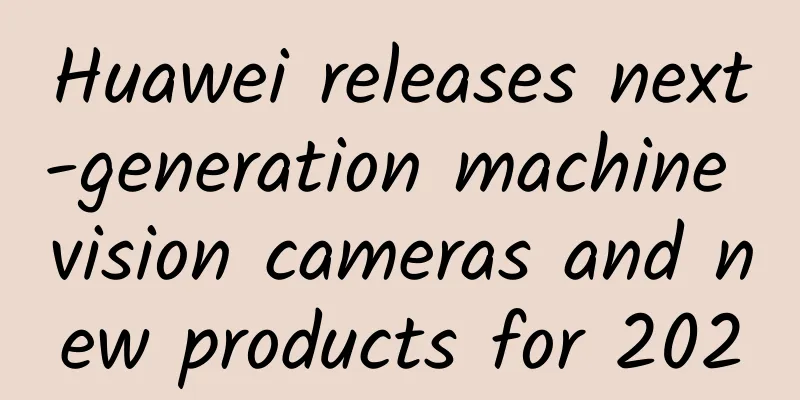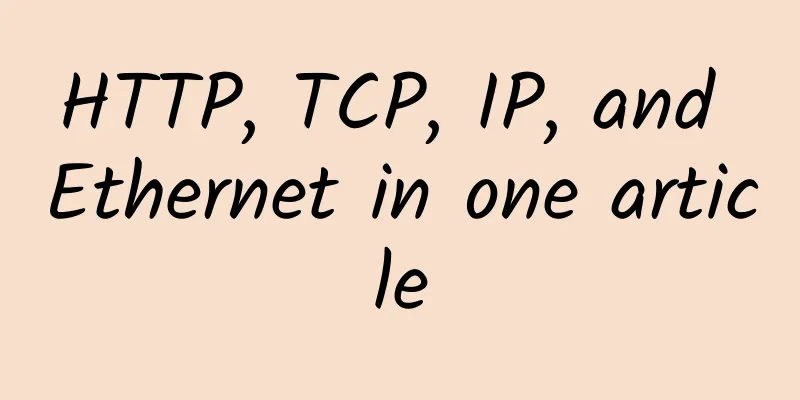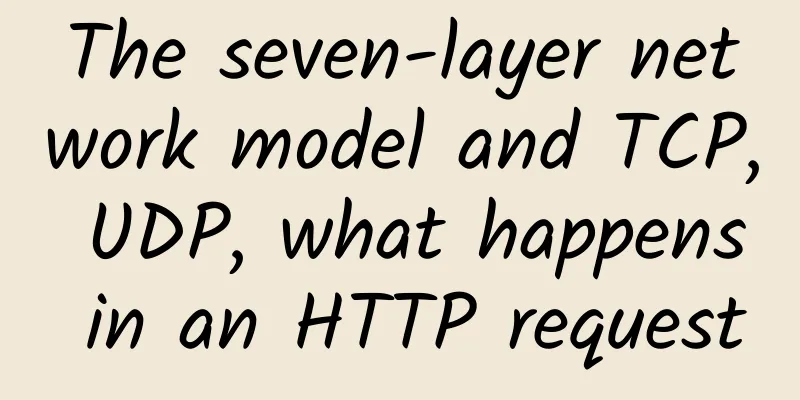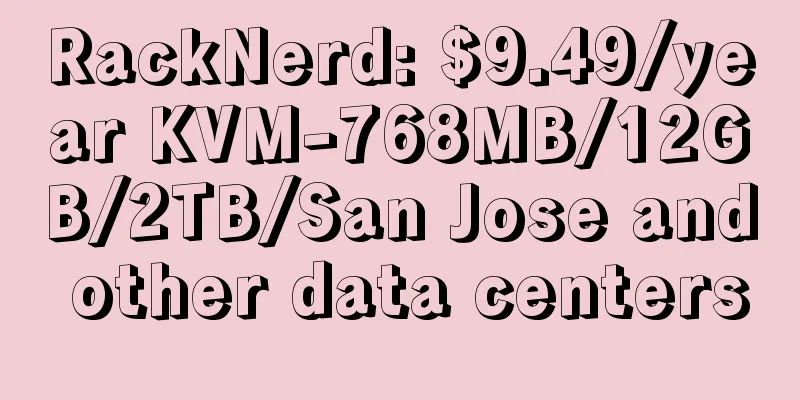IBM acquires Red Hat. Will it be its rival, Google or Huawei? Let's wait and see.
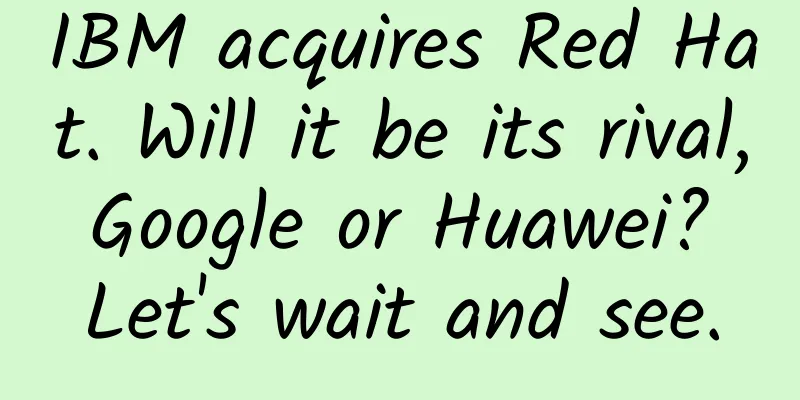
|
Recently, IBM completed the acquisition of all issued and outstanding common shares of open source solutions provider Red Hat, with a total equity value of approximately US$34 billion.
Red Hat is the world's largest open source software company, providing Linux, hybrid cloud, container and Kubernetes container technologies. Obviously, IBM was attracted by its cloud technology advantages and spent a lot of money to acquire it. IBM's own advantages are in computing and software services. Its mainframes have long been in a monopoly position, and it is also in a leading position in the cutting-edge field of quantum computers. Since computing and software services are its strengths, cloud computing is the only choice to bring out its advantages in today's situation. Enterprise cloud applications, whether small or large, have slowly moved to the cloud, either private cloud, public cloud, or a hybrid cloud that combines both. In short, in the future, you can't work without the cloud. The first wave of cloud computing seemed to lack the shadow of IBM. At first, IBM was very opposed to cloud computing, thinking it was just a fashion and trend. It was not until some cloud-based solutions gradually replaced traditional solutions that IBM became vigilant. Compared with traditional solutions, these cloud solutions have lower deployment costs and better interactive experience. Therefore, IBM's IT consulting business began to be impacted by new solutions. In the following years, IBM's revenue continued to decline because it ignored the cloud computing strategy until today. According to statistics, Amazon's AWS accounts for 31.7% of the global market share, ranking first; Microsoft's Azure accounts for 16.8%, ranking second; Google Cloud GCP ranks third, Alibaba Cloud ranks fourth, and IBM ranks fifth. Consulting and integration are IBM's main business. With Red Hat, IBM can become a technology implementer of hybrid cloud computing platforms. 80% of IBM's business has not yet been put on the cloud. After the acquisition is completed, Red Hat will be incorporated into IBM's hybrid cloud department. IBM will use Red Hat's technology to promote most applications to the cloud, which will become the key to IBM's establishment of a multi-cloud operating system. In addition to doing hybrid cloud itself, IBM can also help operators implement hybrid cloud, killing two birds with one stone and giving full play to its advantages. I believe that IBM will definitely not lose money by acquiring Red Hat. In fact, as cloud computing becomes increasingly mature, companies are less and less willing to tie their businesses to any one company. At this time, IBM can leverage its existing IT service advantages and work with Red Hat to develop products that seamlessly connect private data centers and any public cloud. Cloud computing is the direction. Things in the world, after a long period of unity, will eventually separate, and after a long period of separation, will eventually unite. Our process of moving from a single machine to a network, and then from the network to clouds, is a process of separation and combination. This is driven by technology and demand, and of course, capital is also a factor. However, once a trend is formed, it will produce economies of scale, and users will choose the architecture with the lowest risk and the highest implementation and usage costs. Obviously, today, traditional architecture has no advantage in front of cloud computing. Cloud computing can configure software and hardware resources on demand, pay flexibly by time or by traffic, and save the construction of computer rooms and complicated operation and maintenance, which are all unmatched by traditional architecture. Although IBM is in the leading position in quantum computing, quantum computers are still far away. If IBM waits until quantum computers emerge, it will be too late. IBM still needs to seize the opportunity of cloud computing to play the computing advantages of mainframes and live better. Even if the quantum computers it is good at have a clue, it still needs cloud computing to play a more standardized role. At the same time, the commercial use of 5G will quickly solve the constraints of network speed and latency on cloud computing. More and more devices will be connected to increasingly powerful cloud centers, and communication pipelines will no longer be a bottleneck. The source of digitalization is cloud computing, so the combination of traditional networks and 5G is the pipeline, and the connected devices are the terminals. We can see that IBM's advantage is in the source, Huawei's advantage is in the communication pipeline, and Google's advantage may be in the terminal. Cloud computing, communication pipelines, and terminal devices constitute the overall framework of the next-generation Internet. Every traditional company wants to leverage its original advantages and compete for resources beyond its advantages. The most important application of the next generation of the Internet is the Internet of Things, and the high speed and low latency of 5G are the basic requirements of the Internet of Things. At this time, Huawei's role in 5G technology has become its unique advantage, cutting into a wider range of applications. Huawei has always focused on the communication pipeline strategy, and it can be speculated that the recently eye-catching Hongmeng operating system is prepared for this. According to the information revealed, the Hongmeng operating system happens to have the characteristics of low latency, which can be said to be tailor-made for the Internet of Things. Fuchsia, which has been released by Google, is also the next-generation operating system for the Internet of Things. Google's strength is obvious to all, and I believe it will not lag behind in the era of the Internet of Things. Now that IBM has Red Hat and has the support of Linux, the level of its cloud operating system will not be low. In this way, the cloud computing-based Internet of Things operating system will inevitably form a three-way competition, with each playing its unique advantages to compete and cooperate. |
<<: Why is the latency so high for a simple HTTP call? Let’s capture a packet and analyze it
>>: Why do we need UDP protocol?
Recommend
How to configure floating routing?
[[416937]] Experimental requirements ISP-1 and IS...
12 Myths About Blockchain Technology
Blockchain, the distributed ledger technology, ha...
Bluetooth vs. Bluetooth Low Energy: A Detailed Comparison
Bluetooth Technology Overview When it comes to th...
How did Beiming Software and Huawei achieve new highs in cooperation performance?
[51CTO.com original article] In the context of th...
Riverbed Releases SteelFusion 5.0, Adds Support for NAS Storage
[[185144]] Riverbed Technology, the application p...
How Amazon can achieve continuous delivery
I went to a large domestic e-commerce company for...
How far is it from 5G network commercialization to being affordable for everyone?
This year's government work report proposed t...
Inventory of digital industry keywords in 2017
2017 will soon be a thing of the past, but there ...
Understanding WiFi 6 Features for Wave 1 and Wave 2
The rollout of Wi-Fi 6 will consist of two waves ...
Wi-Fi HaLow and the Evolution of the Smart Home
From the early days of dial-up to the impending a...
The difference between hybrid WAN and SD-WAN
The concepts of hybrid WAN and SD-WAN are often m...
What are the remaining obstacles to China's 5G?
With the news that Nokia and Ericsson won the bid...
See how valuable 5G spectrum is
Following the 5G Summit in September and the rele...
How to protect data center power systems from winter threats
For many people, the cold winter months are upon ...
Look up to the sky with 5G, keep your feet on the ground with 4G
[[348928]] October 28 news: Although 5G has alrea...


